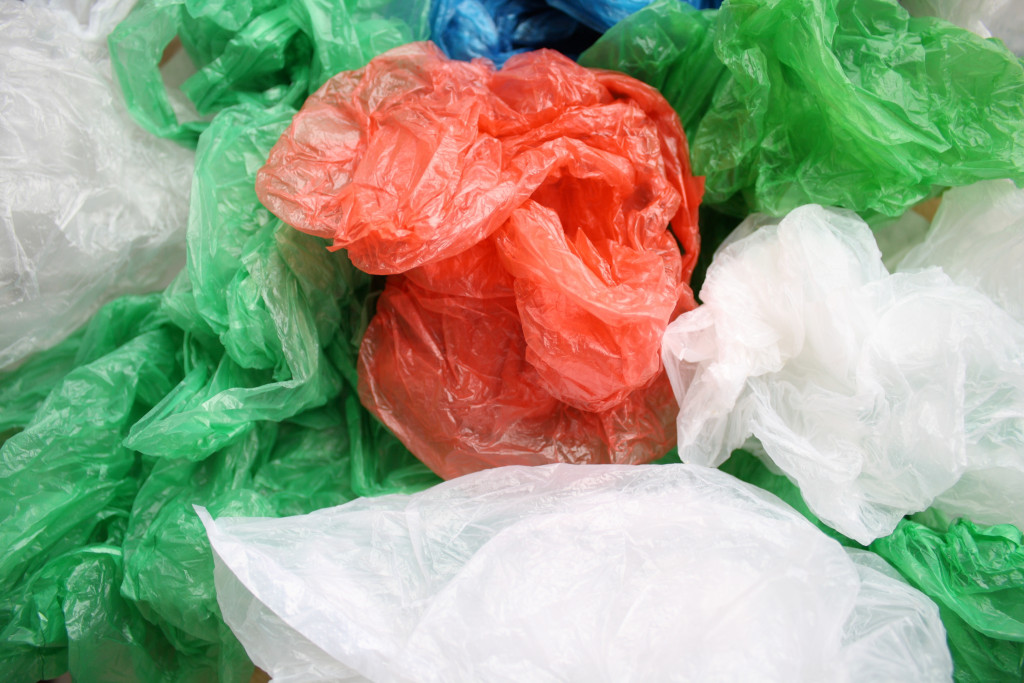Plastic pollution is a perennial problem across the world, especially now that masks and PPE have been indiscriminately thrown away.
With their immense resources and knowledge, companies have a crucial role to play in curbing plastic waste. Here are a few ideas on where they can start:
Visualize the entire lifecycle of a product
In the not-too-distant past, companies rarely thought of the entire life cycle of a product. However, with greater awareness around environmental issues, more companies are making efforts to visualize the product journey fully.
It’s no longer just about making a quick sale or fulfilling a market need.
Where would these materials end up after users or consumers are done using them? Is a particular type of packaging material a frequent polluter, and if so, what can be done to address that? These are just some things innovative firms ask themselves.
Sustainability managers should share their input in the product development process. They should collaborate with a range of stakeholders, from custom injection manufacturers to product designers.
While plastic can still be a key component of certain products, companies should design these products in a way that makes it easy for consumers to reuse.
Involve the waste and recycling industry
Reusable bottles and compostable cups are all the rage nowadays and for good reason. They offer an excellent alternative to single-use plastic materials.
Designing and manufacturing these products require a significant investment. That could all just go to waste if companies don’t engage in discussions with waste and recycling contractors.
Without the latter group’s input, companies risk churning out products that can’t be reused or recycled practically. Additionally, waste service providers could have a more difficult time sorting and disposing of these products.
This is where open communication and collaboration comes in. Companies should seek out the advice of waste industry experts and fully understand the process of waste disposal and segregation. Valuable insights can then be applied to the creation of innovative products.
Double down on reducing and reusing products

Reduce, reuse, recycle — as the saying goes. But before companies even get to the recycling part, it’s a sound strategy to double down on reducing and reusing first. An excellent way to do this is to implement the right incentives or disincentives.
Starbucks, for instance, is charging more for single-use coffee cups. As a result, more customers have started purchasing reusable cups and come into the store asking baristas to forego single-use containers.
After a successful 3-month trial in London, the company will likely roll out this scheme to even more branches around the world.
Additionally, companies should also start thinking of scalable processes that will make it safe and easier to reuse high-volume products like plastic bottles and cups.
Plastic waste is just one aspect of the more significant problem of pollution. Companies must see the big picture and recognize that widespread pollution ultimately contributes to climate change. Cross-sector collaboration between private and public stakeholders will be crucial in creating comprehensive solutions.


